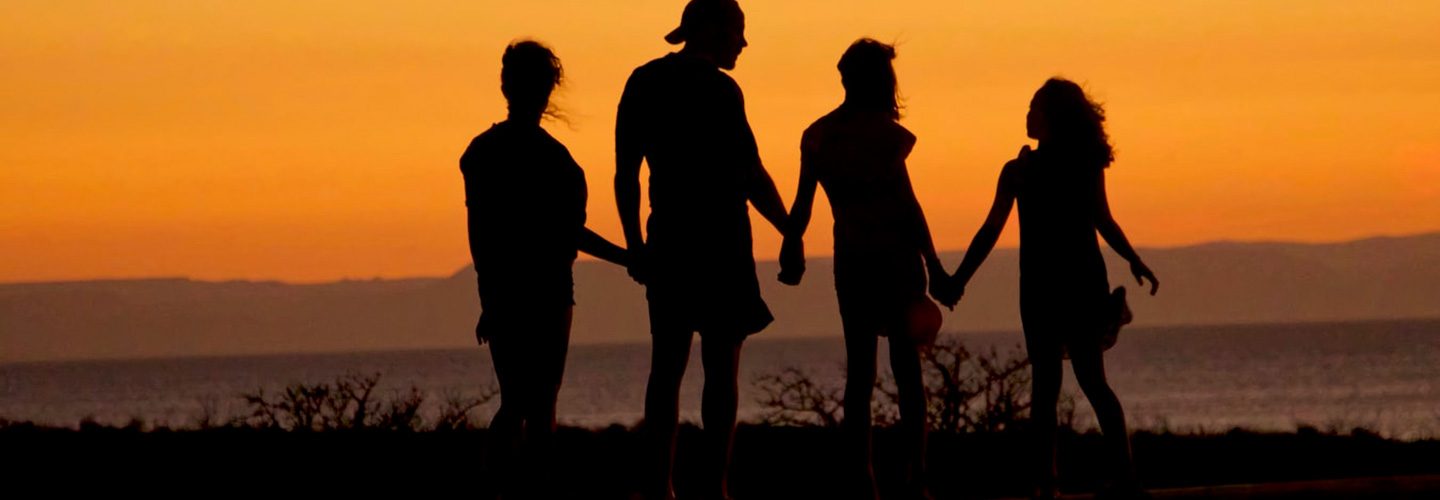Homepage > Uncategorized > What makes for a positive family holiday?
What makes for a positive family holiday?


Most of us are in the holiday mode at the moment. Who doesn’t dream of that perfect family break at the seaside with children building sandcastles, teenagers enjoying boogie-boarding, and parents sipping a glass of wine under a parasol?
Yeah, right. Meanwhile… Airport queues, re-packing overweight baggage in front of hundreds of people, screaming children demanding water/juice/sweets/that toy, waiting ages for your transfer, heat, no parasols on the beach even if you get up at 7h00, tummy bugs, loud music you can’t stand, and your kids coming back for money because even in all-inclusive options, most of the good things are somehow not included. And if you decide to give package holidays a miss, you face traffic jams, children bored to death, food shopping, spectacularly expensive restaurants, plus cooking, cleaning and ticking boxes on a house items inventory, wondering what could have happened to 50 per cent of the forks in the space of just two weeks.
A happy holiday matters to our wellbeing. It helps us prioritise needs at an individual level and to recover to face a busy year ahead. But Professors Kühnel and Sonnentag from Mannheim University, Germany, have shown that the positive effects of holidays do not last long. Although exhaustion drops dramatically right after a two-week break, two weeks later it’s already on the up, reaching exactly the same point where it was before the vacation only four weeks after your return.
So here is what I learned from holidaying with five children that I now use as my precious family vacation guide:
Think simple
We are often mesmerized by pictures of exotic foreign lands and forget to factor in lengthy, complicated arrangements that we must make to get there. Travel time reduces the days of the vacation and increases fatigue.
Think light
We have a simple rule – one medium-sized suitcase per two children to keep the overall number of items down. Five t-shirts, three pairs of shorts and one pair of trousers should usually do the trick. Girls (myself included) are allowed to add three dresses, carefully keeping footwear under control…
Think challenge
Rest and relaxation are important for a good break. But once their desirable level is achieved, we’re ready to explore, to be engaged and surprised. We want to be fully absorbed by something; to be in a state of flow. Highly flow-conducive activities involve a challenge, which tests us – but doesn’t exceed our capabilities. So think of activities that involve exploration, action, adventure, and surprise, trying something new, doing something you didn’t think you could do.
Think of the end
According to the Peak-End Rule, our evaluation of a past event is shaped by the peak times (pleasing or repelling) and by the way it ended (high or low). Apart from recalling peak moments, we tend to remember a holiday by how we felt at the end of it. So choose activities likely to deliver some truly special moments and end your vacation on a high, as this is what will determine the memory of that holiday experience.





